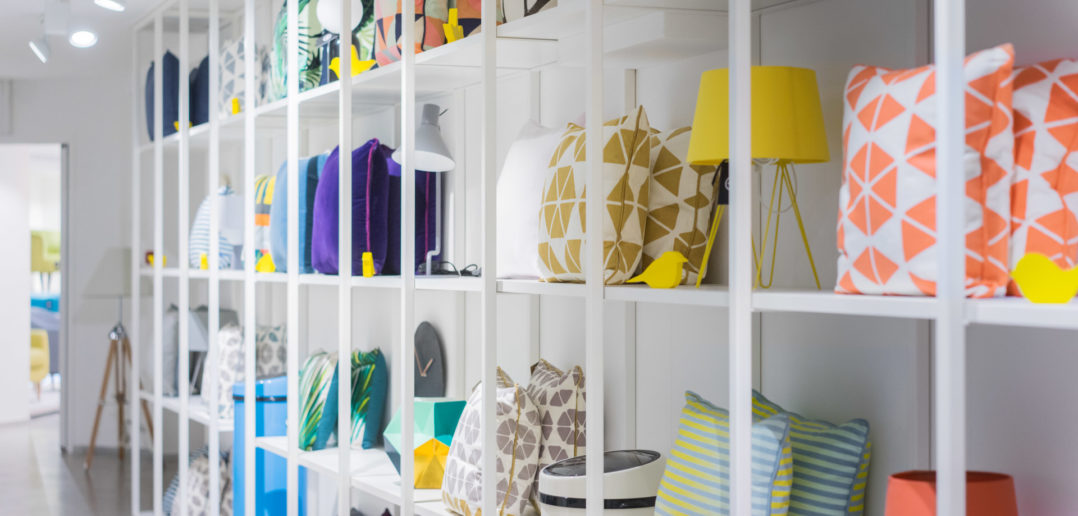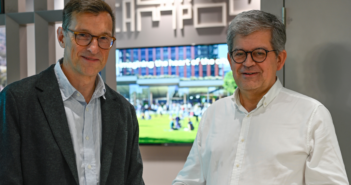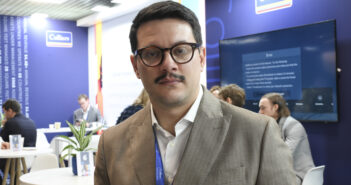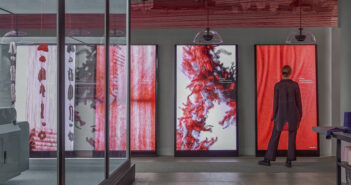1. Made.com: From online to showrooms
Philippe Chainieux, CEO of MADE.com, begins by making clear: “We are an online business and will continue to be so. Our showrooms are a place for customers to experience the MADE brand, they are designed as an extension of our online business.”
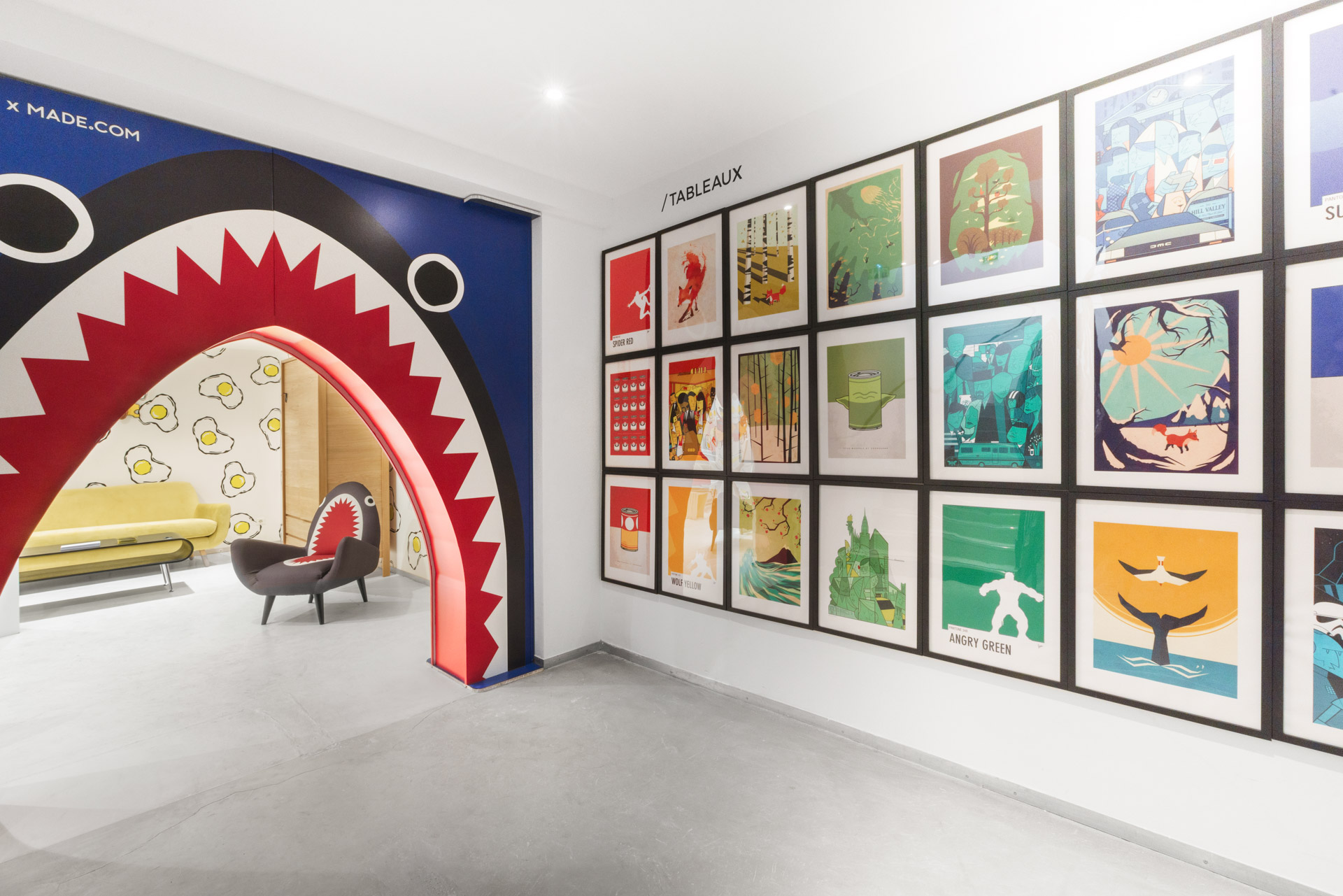
© made.com
He says that the company is always investigating new technologies that will genuinely enhance the customer experience but says that as a company: “We have learnt that the number one thing consumers want from a showroom experience is great customer service, so that continues to be the focus.”
The showrooms only contain a small portion of the MADE catalogue but even if a customer can’t see the item they wish to buy, the great experience and quality of the products on show, is designed to be enough to convert the sale.
Customers no longer want a traditional retail experience, whether that’s attending a masterclass or talk or simply coming to a cafe in the showroom, we have to be more inventive with the experiential elements of our showrooms. The locations of showrooms are key – as we are an online business with just a couple of showroom ‘touchpoints’ in the major cities, the location needs to be easily accessible. – Philippe Chainieux

Mixed use retail and leisure: What happens next? – White Paper
Showrooms will, he says, continue to be central to the company’s strategy and MADE will be increasing the number of showrooms in the major cities of the countries where MADE already exists, as well as in new territories for “the ambitious growth plan to complete the European footprint in the next three years.”
He says the business will also be investing heavily in innovative technology to make the customer experience at MADE showrooms completely unique and to make them key destinations to visit in each city.
“While showrooms are not a direct sales-driver, the impact they have on sales from customers in that city and in a halo effect in the surrounding areas is significant,” he says.
2. LDLC: From a garage to customer-focused stores growth
“Our heritage is with an entrepreneur who in 1996 started his electrical components business from a garage, to become one of the biggest retailers of high tech products. In keeping with a contrary approach, as we saw the market become increasingly competitive, four years ago we decided to open stores,” says Eric Schneider, general director, LDLC.
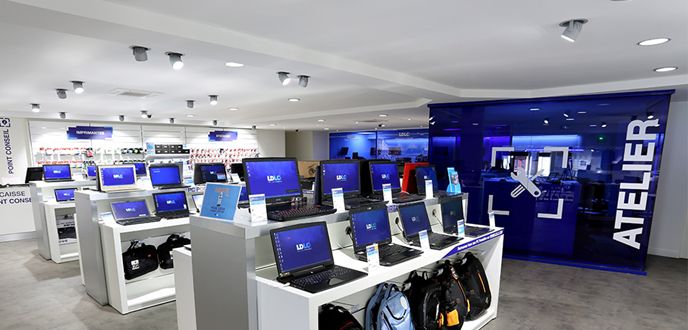
© LDLC
In fact, the decision was based on what LDLC saw as two specific customer requirements. The first was for customers who knew what they wanted, for whom online and wide choice suited them well. The second was for customers who needed advice. “We felt that when you think of France, customer services is not necessarily top of mind,” reflects Schneider. “And we also felt that we could not provide the level of service we wanted to create without opening shops.”
That estate has expanded to 33 stores, with 15-20 openings planned per year. The shops serve as a way of providing detailed advice, being close to the customer and offering specialist services such as a repair centre that will help customers whether they bought the product from LDLC or not. “These are things you can’t offer online,” says Schneider.
He says the approach has created a strong and differentiated brand position and that the company has developed 300 sq m city formats and a 200 sq m format located on access routes into towns. The stores are very much a retail exercise he insists.
If you make the customer happy then your sales and margins improve – Eric Schneider
3. Eobuwie: From online to retail theatre with first store
Polish online footwear retailer eobuwie has created a new store concept, designed by agency Dalziel & Pow, to blend the digital and physical on the high street with an easy-to-shop alternative to traditional footwear stores. The brand is owned by footwear giant CCC and the physical debut for eobuwie features an unconventional purchase journey; the store has no physical product on the shop floor and is supported by a huge stockroom for an experience mirroring its online service.
A pair of digital screens flank the open entrance to attract shoppers and the arrival zone is designed for quick transactions and purchases, with high stools and interactive touchscreen tablets to search and order. The heart of the store is designed for browsing and trying on shoes.
Giving the customer personal space creates intimacy in a digital-led environment. At the table or more clearly here at the soft seating, the customer can feel settled, ready for private browsing – David Dalziel, creative director at Dalziel & Pow.
“We’ve also divided the space with semi-transparent screens, creating clear zones, so even in a busy buzzing store, a private individual can find a quiet corner to shop.”
Content is also very calm and quite slow. “We’ve learned from our experience with Argos and Rockar that frenetic, distracting moving images can be off-putting and often the subtlest slow movement is the most memorable and impactful,” he adds.

© eobuwie
A continuous run of eye-level screens creates a thread around the store, with rolling content that showcases the footwear. From the rear there is a view into the stockroom, housing 110,000 shoe boxes – customers line up to take photos says Dalziel – which are slid through the racking behind the cash desks. The automated journey from clicking the screen and delivery is fast, as little as 29 seconds, so moving conveyor belts, digitised dispensing shelving and willing ‘runners’ are all part of the show.
4. La Redoute: From omni-channel to seamless retail
“La Redoute went into online in the late 1990s. This form of retail ramped-up in the 2000s and is now around 15% of our global retail,” says Sandrine Guichard, home & decoration, retail and B2B director, La Redoute.
Depending on the product typologies and countries, the penetration rate may vary from 12% in the furniture area to 30% in the electronic goods. As far as fashion is concerned, around 15% of the total business comes from on-line. – Sandrine Guichard
She says that the current trend is for the strong development of mobile usage, which today represents 50% of the traffic in France but up to 80% in the UK or in Spain. Vocal command is also a growing trend with personal assistants rising in a lot of countries.
“Today we are mostly talking about omni-channel where physical and on-line retail are mingling through a unique shopping experience,” she says. Every retailer is mixing up with on-line, aiming at a smooth and comfortable shopping experience for the customers.”
She sees on-line as the more the convenient element of the shopping mission: is my product available in a specific store? Where is my order? Shall I compare several products?
Off-line is more the experiential part of the shopping: retail theatre is the emerging expectation. I want to touch products, I want to hear music, feel fragrances, etc – Sandrine Guichard.
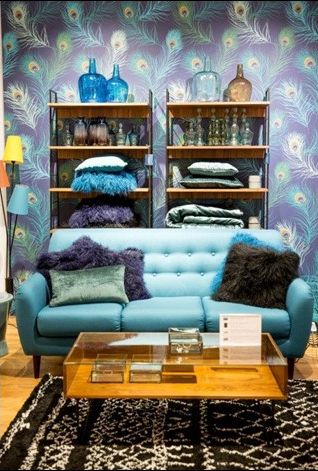
© La Redoute
However, to achieve this she says there is still a lot to do on the seamless shopping experience, starting with basic processes such as how to recognise the final customer, how to enhance the client approach from one-to-many, to one-to-one.
“New technologies like 3D will play a huge role in the coming years and, as a consequence, customers will be able to get immersive experiences,” she says.

